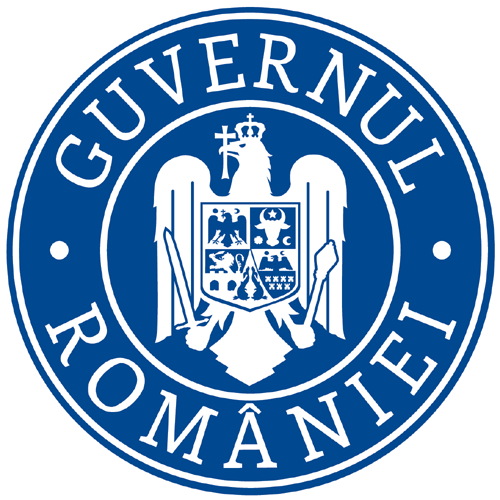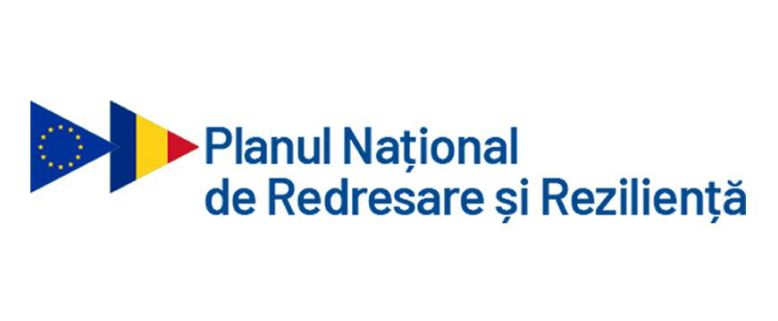This blogpost is an adaptation of the introduction to the thematic issue entitled “Mediated Rhetoric of Recent Conflicts” released in June 2025 as issue 2 of volume 12 of Res Rhetorica – a Web-of-Science and Scopus-indexed journal of the Polish Rhetoric Society. The blogpost explains the motivation for the issue and presents its most interesting contents.
The issue has been co-edited by Katarzyna Molek-Kozakowska and Ecaterina Ilis and took over a year to develop. The call invited authors to explore the rhetorical dimensions of conflict discourses in contemporary media landscapes. It aims to show how established rhetorical categories and analytic protocols could be used to make sense of the mechanisms of today’s conflicts, including the war in Ukraine. In an era of hybrid warfare, disinformation, and polarized media ecosystems, understanding how conflicts are rhetorically constructed and mediated is crucial for both scholars and practitioners.
Importantly, the researchers from the CORECON project, with their expert focus on language and rhetoric, journalism and mediation, and politics and security studies, have contributed to the creation of the issue as authors, reviewers, editors and popularizers.
You can find the issue and download all the articles as OA Creative Commons licensed material here.
Released in June 2025, the issue offers empirical analyses of rhetorical, linguistic and semiotic constructions of most recent conflicts in Europe, South America, the Middle East and in the dispersed spaces of social media platforms. It shows how conflict is shaped by the political and cultural contexts and the affordances of communication technologies (including online and social media platforms). The articles accepted for publication employ a range of methodologies, from discourse-historical approaches and cognitive discourse analysis to semiotics and computational rhetoric. This reflects the multifaceted nature of rhetorics of conflict representation and performance in contemporary discourses.
Hence, the thematic issue aims to do justice to the variety of media contexts and the intelligibility and coherence of conflict studies, honoring the rhetorical orientation of the journal as a common denominator
The issue opens with a study by Piotr Cap, who combines critical cognitive discourse analysis and rhetorical theory to explore legitimization strategies that Polish politicians employ during election campaigns in his article “Constructing alternative futures of Poland: (de)legitimizing conflict, populist stance and liberal politics in leadership and campaign discourse.” The dynamic of an essentially conflict-charged speech rhetoric of the populists and the liberals is explored in view of the effectiveness of rhetorical maneuvers that respective leaders use to project and justify alternative future visions of Poland.
In “The myth of the Israel Defense Forces through the lens of critical rhetoric” Michał Mokrzan and Marta Songin-Mokrzan look closely at the posts published on the Israeli Defence Force’s official Facebook profile between October 2023 and January 2025, tracing selected rhetorical devices that construct the myth of the IDF as a moral organization. This includes persuasion through ethos, character and euphemisms. They draw on Foucault’s discourse theory, Barthesian semiology and Burke’s critical rhetoric to argue for the need of constant demystification and demythologization of official discourses, especially if they glorify or normalize violence.
Within the scope of the CORECON project, Katarzyna Molek-Kozakowska and Jan Paszczyński analyze salient argumentative schemes that are characteristic of, but also problematic for, the Polish public deliberations on the acceptable degrees and forms of assistance provided to Ukraine and Ukrainians during the war. “Rhetorical and linguistic devices in the argumentation against supporting Ukraine in the radicalized Polish media sphere” reports on an analysis of a purposive sample of online materials posted by radical opponents to Poland’s aid to Ukraine. The study identifies dominant topoi, fallacies and rhetorical maneuvers that tend to be employed to make these claims appealing, especially to disenfranchised publics.
In a related manner, Marcin Deutschmann and Jędrzej Olejniczak, in “Unwanted encounters: Anti-Ukrainian rhetoric in the social media reception of migrants by the Polish far-right” use the CORECON corpus to measure the intensity and scope of rhetorical resources that were recruited to express negative sentiment about Ukrainian immigrants in Poland by selected far-right organizations and politicians. The study combines quantitative approaches to rhetoric – including the tools that are used to automate the measures of hateful speech – with a detailed analyses of anti-immigrant topoi applied strategically for breeding division and resentment against Ukrainians while capitalizing on fear and sense of injustice among Poles.
By first operationalizing the concept of “the rhetoric of anger” Magdalena Mateja provides us with “A case study of Polish farmers’ protests against the import of grain from Ukraine.” The study employs several methodological approaches from the intersection of social sciences and humanities, including discourse analysis, semiotic analysis, and action analysis to describe in detail the various dimensions of persuasive communication during farmer protest actions, as they were being reported by the popular general news portal rmf24.pl throughout 2023 and 2024.
Two articles relate to the rhetorical devices and argumentation used by Russian propaganda in the ongoing war against Ukraine. “More than words: Argumentative structures as a tool of disinformation in Sputnik Mundo” by Anna Nowakowska-Głuszak analyzes operators and connectives in articles published on the Spanish-language pro-Kremlin news portal Sputnik Mundo. The study demonstrates that manipulation is not only a matter of content but also of discourse structure. Categories derived from Anscombre and Ducrot’s theory of argumentation in language are used to look at selected articles covering NATO’s Steadfast Defender exercises in Europe in order to show how Russian propagandas challenge official Western narratives, delegitimize NATO’s actions, and promote a Kremlin-aligned interpretation of geopolitical events.
Meanwhile Nadia Gergało-Dąbek follows the discourse-historical approach and applies the concept of mental models to show how certain recurring topoi of “artificiality,” “primitiveness” and “hostility” are used by Russians to diminish the status of the Ukrainian language. “Language as a front of conflict: Russian discourse on the Ukrainian language in the context of the Russian-Ukrainian war” exemplifies numerous instances of depreciations and delegitimizations of Ukrainian linguistic sovereignty and national identity, which can be perceived as a coordinated campaign fitting in Russia’s neo-imperialist strategy of subjugation.
There are two articles that attend to how selected Polish media outlets engage in conflict propagation in the context of Polish political coverage. Joanna Szylko-Kwas contrasts news bulletins Wiadomości and Fakty to spotlight polarization and politicization of television newscasting. In “Traitor, cheater, coward: The leaders of the two largest political parties in television newscasts during the 2023 general election campaign,” she looks at the respective portrayals of party leaders and identifies the biased schemas, frames and narratives that Polish televised news outlets employ when they engage in campaigning rather than in reporting.
In a different context, Karolina Brylska applies Burkean rhetoric to interrogate the news content aired by four major Polish TV stations to account for “Strategic narratives in Polish TV news coverage of the 2018 Polish-Israeli diplomatic crisis.” The study demonstrates conflicted storylines – or a political gameplay – where some reporters assert Poland’s duty to defend truth and its reputation on the global stage and others maneuver around the issue of challenging Polish-Jewish relations.
In the two articles in the “Varia” section of this issue, one can read about unique strands of rhetorical research, such as the backstage of preparing American presidential addresses and other official statements. Iwona Świątczak-Wasilewska’s “Speechwriting in and beyond the White House: Selected international perspectives on aspects of speechwriting in government and business” explores interview data that prove that contemporary speechwriters’ communication expertise and media awareness remain vital to shaping and conveying policy.
In the only Polish-language contribution to his issue, Natalia Kowalska-Elkader analyzes three radio broadcasts devoted to different armed conflicts from various historical periods, using the concepts of “thick” and “thin” representation in the context of sonic rhetoric. “The war’s echoes thunder in my ears: Towards the rhetoric of sound” shows how repetition, cacophony, and the use of low frequencies, which enhance the emotional and material impact, shape both aesthetics and semantics of radio accounts of war.
The issue closes with a student “reaction” essay in which Oskar Tomala revisits the latest Munich Security Conference and explains the rhetorical devices resorted to by U.S. Vice-President J.D. Vance in his speech on the challenges facing global security. The analysis focuses on the rhetoric of fear, the use of anecdotes, implied information and strategic vagueness, and in-group/out-group framing and explains how Vance positions himself as a moral authority, criticizing European politics in a purported defence of democratic values.
Hopefully, this collection not only advances scholarly debates on mediated rhetoric and conflict but also encourages critical reflection on the ethical and societal implications of conflict communication in a globally connected media sphere.
Text by Katarzyna Molek-Kozakowska and Ecaterina Ilis





